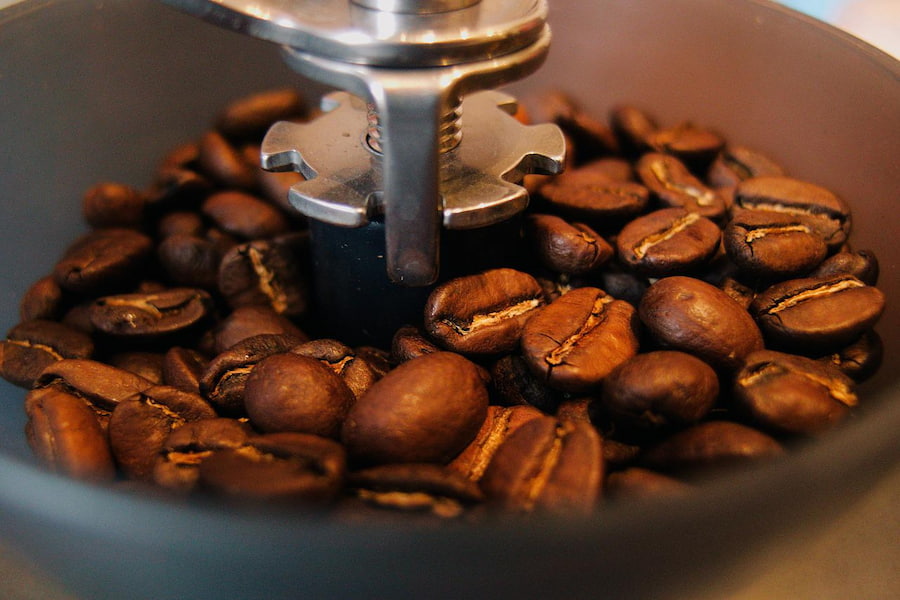When shopping for coffee, you should have noticed tasting notes printed on the label. Some of the flavors you may have seen include fruits, chocolate, and nuts. These flavors are usually natural flavors and not infused. This probably leaves you wondering: how do coffee beans get their flavor?
Contents
How Do Coffee Beans Get Their Flavor?
Coffee beans get their various inherent flavors depending on the variety of seeds, how and where they are grown, how and when they are harvested, how they are processed, and how they are stored and prepared.
Although there are some misconceptions that coffee is a legume, it’s clearly false as they are harvested from a coffee plant. The flavor of the beans as well as the feel, the taste, and the aroma are determined to a large extent by the coffee plant conditions. Some common beans flavor notes include chocolate flavor, sweet and sugary flavors, nutty flavor, earthy/herb flavors, grain and cereal flavors, fruity flavors, savory and spicy flavors, and floral flavors.

Factors That Influence the Flavor of Coffee Beans
There are a lot of factors that influence the inherent bold and subtle flavors of coffee beans. Generally speaking, the primary factor that affects the flavor of the beans is the environment where it was grown. However, beyond the environment, the role of humans in the production, processing, roasting, and storage can also influence the flavor of the beans. A great example of this is the luxurious Kopi Luwak beans.
The people involved in these stages have to take utmost care to ensure that the natural flavors of the beans are preserved till it gets to your cup and eventually, in your mouth.
Soil and Climate
This is the primary factor that influences the flavor of the beans. The composition of the soil and the water that runs where the seeds are planted and the coffee tree grows goes a long way in affecting the foundational flavor of the beans.
The flavor of the beans is also influenced by climatic factors such as rainfall, temperature, sunshine, and shade. Another important climatic factor is altitude. Coffee trees growing in high altitudes typically produce beans with better flavors.
Varietals
There is a wide variety of coffee beans. Each species has its own unique flavor profile. This reflects in their taste and aroma. Each species also has a specific geographical environment where it thrives best which contributes to its flavor as well.
Cultivation
The cultivation process is where human interaction starts. The manner in which the farmers cultivate the coffee trees is important. This includes the process of fertilization, and whether or not they use pesticides, fungicides, and herbicides.
Harvesting
Like any other fruit, the flavor of coffee cherries as they ripen. If you harvest them when they are perfectly ripe, they develop an optimal flavor profile by the time you get to the roasting and brewing stages.
Processing
The way the beans are processed is arguably one of the most significant influences on the flavor. In processing the beans, you can use one of four different techniques. The beans are either washed, wet-hulled, honey, and naturally processed to give you clean and crisp flavors, chocolatey and nutty flavors, and juicy, syrupy, and acidic flavors respectively.
Each technique has its advantages and disadvantages. However, they all offer distinct and unique flavor profiles in the beans.
Drying
To preserve the flavor of the beans, they must be dried in a balanced manner, slowly and evenly. If they are dried too slowly, the beans will have a stale flavor and if they are dried too hot and fast, the coffee develops a woody flavor.
Storage
The flavor of the beans gets musky the longer they are stored. However, under the right conditions, they can last 10 to 14 months. If they are not stored well, the beans will start to lose their flavor.

Roasting
Roasting is the final stage in enhancing the flavor notes of the coffee beans. The beans could either be light roast with fruity and floral notes, medium roast with nutty and chocolatey notes, or dark roast like Italian roast coffee that’s on the bitter side with chocolatey notes. You can even try roasting at home with your trusty air fryers.
Brewing
Lastly, how you choose to brew your coffee influences the flavor. The aspects of brewing that influence the flavor of your coffee include:
- Grind size
- Water temperature and pH
- Pressure
- Time
Related Questions
What Is the Difference Between Natural Flavor and Artificial Flavor in Coffee Beans?
The natural flavor of coffee beans is naturally occurring in the beans, while artificial flavoring is chemically produced and is often used to mask poor-quality coffee beans.
Is Artificially Flavored Coffee Good for Your Health?
No, artificially flavored coffee is not good for your health. Most artificial coffee flavors contain chemicals like propylene glycol that are dangerous to your health.
Conclusion
Coffee beans can have a wide range of inherent flavors depending on the various factors discussed. Each of these factors is crucial to the development of the coffee beans’ flavor at every point of the journey from the farm to its final destination, your cup.



